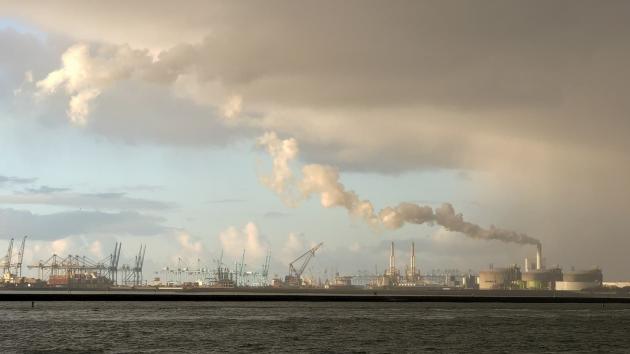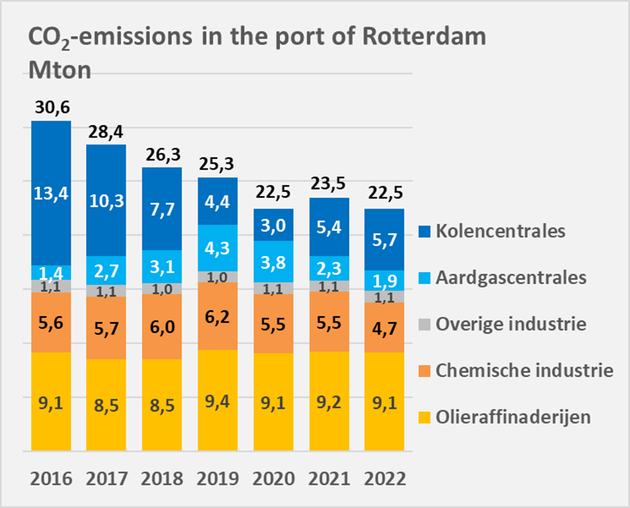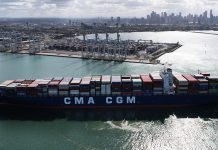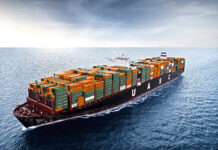
CO2 emissions from industry and power plants at the port of Rotterdam have been cut by 1 million tonnes (4.2%) in 2022 compared to 2021. After a rise in 2021, this decline returns emissions to 2020 levels.
The chemical industry and industrial gas producers were mostly responsible for the reduction, as they lowered their output due to rising natural gas prices. As a result, they released 0.8 million tonnes (16%) less CO2 than they did in 2021.
Because of the high gas costs, the three gas-fired power plants in the port region reduced their operational hours, while the two coal-fired power plants increased theirs.
Coal-fired power station CO2 emissions increased by 6% (+0.3 million tonnes). This was more than compensated by a 16% reduction in emissions from gas-fired power plants (-0.4 million tonnes).
Due to increased diesel demand, refinery output remained steady, but CO2 emissions decreased slighlty by 0.1 million tonnes, representing a 1% drop.
There are projects in the port region that will result in a decrease of 13.7 million tonnes per year, according to a statement. These include programmes like Carbon Capture and Storage (Porthos), industrial electrification, and the utilisation of shore electricity for shipping. Biofuel production, in particular, results in a significant extra decrease in CO2 emissions beyond the port.






